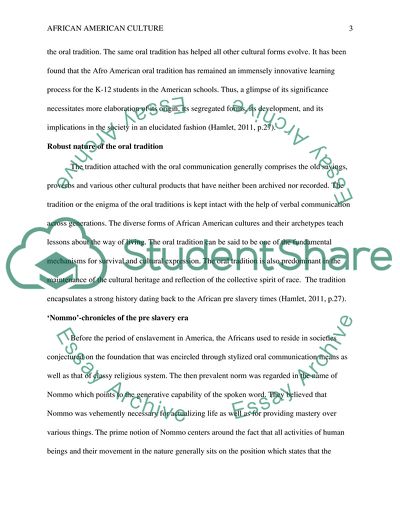Cite this document
(Impact of the Blacks Culture on the American Society Research Paper - 1, n.d.)
Impact of the Blacks Culture on the American Society Research Paper - 1. Retrieved from https://studentshare.org/culture/1788254-african-american-culture
Impact of the Blacks Culture on the American Society Research Paper - 1. Retrieved from https://studentshare.org/culture/1788254-african-american-culture
(Impact of the Blacks Culture on the American Society Research Paper - 1)
Impact of the Blacks Culture on the American Society Research Paper - 1. https://studentshare.org/culture/1788254-african-american-culture.
Impact of the Blacks Culture on the American Society Research Paper - 1. https://studentshare.org/culture/1788254-african-american-culture.
“Impact of the Blacks Culture on the American Society Research Paper - 1”, n.d. https://studentshare.org/culture/1788254-african-american-culture.


